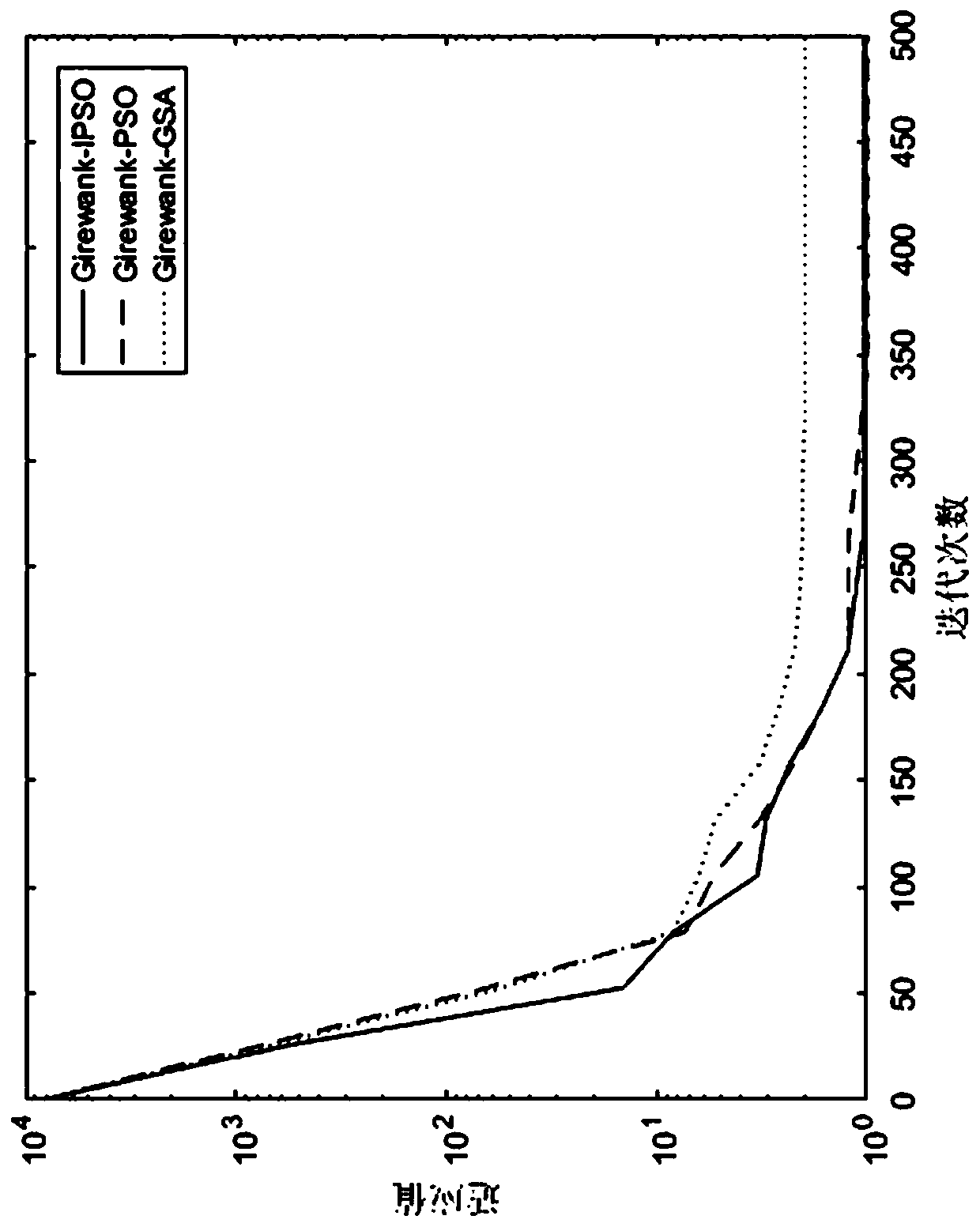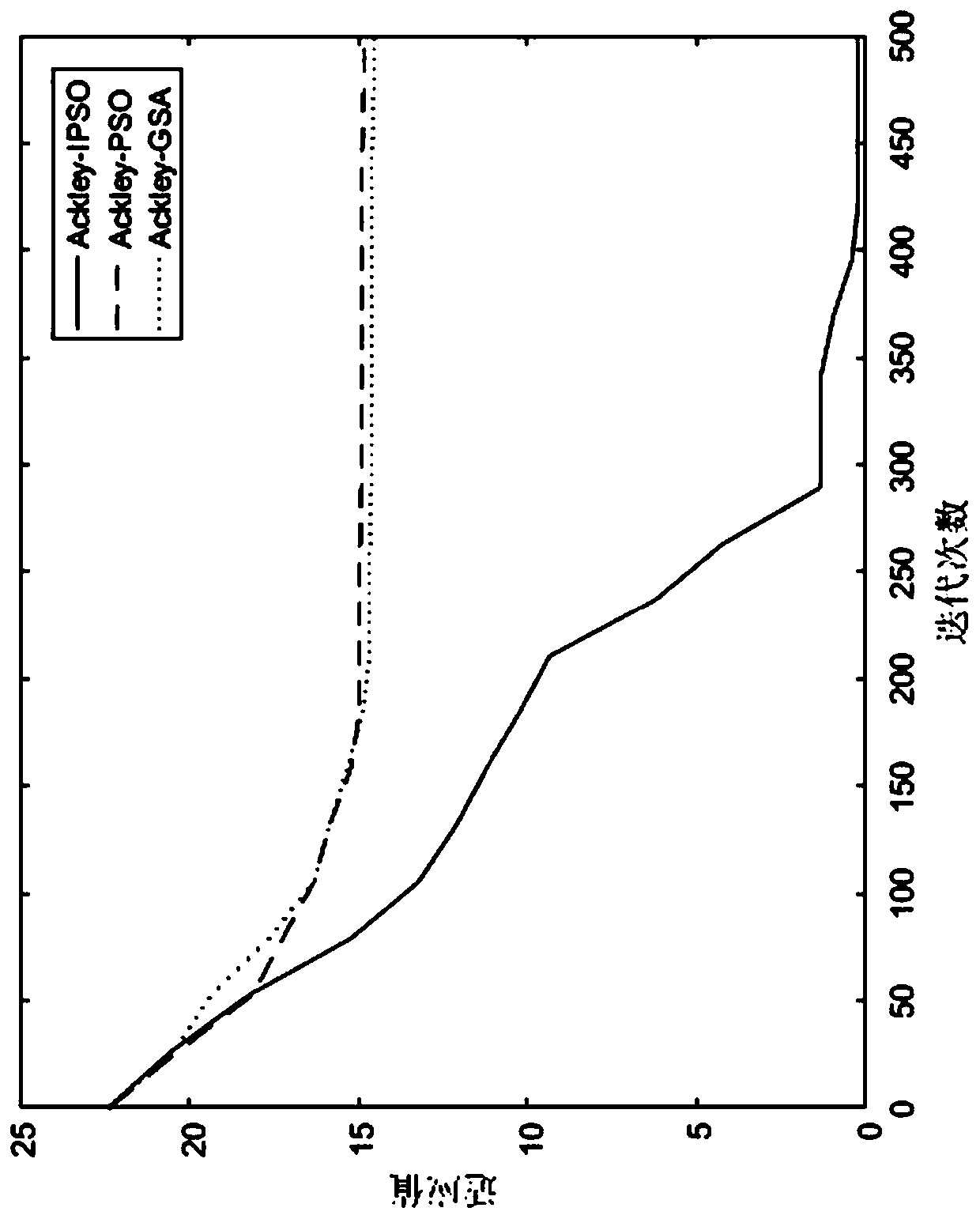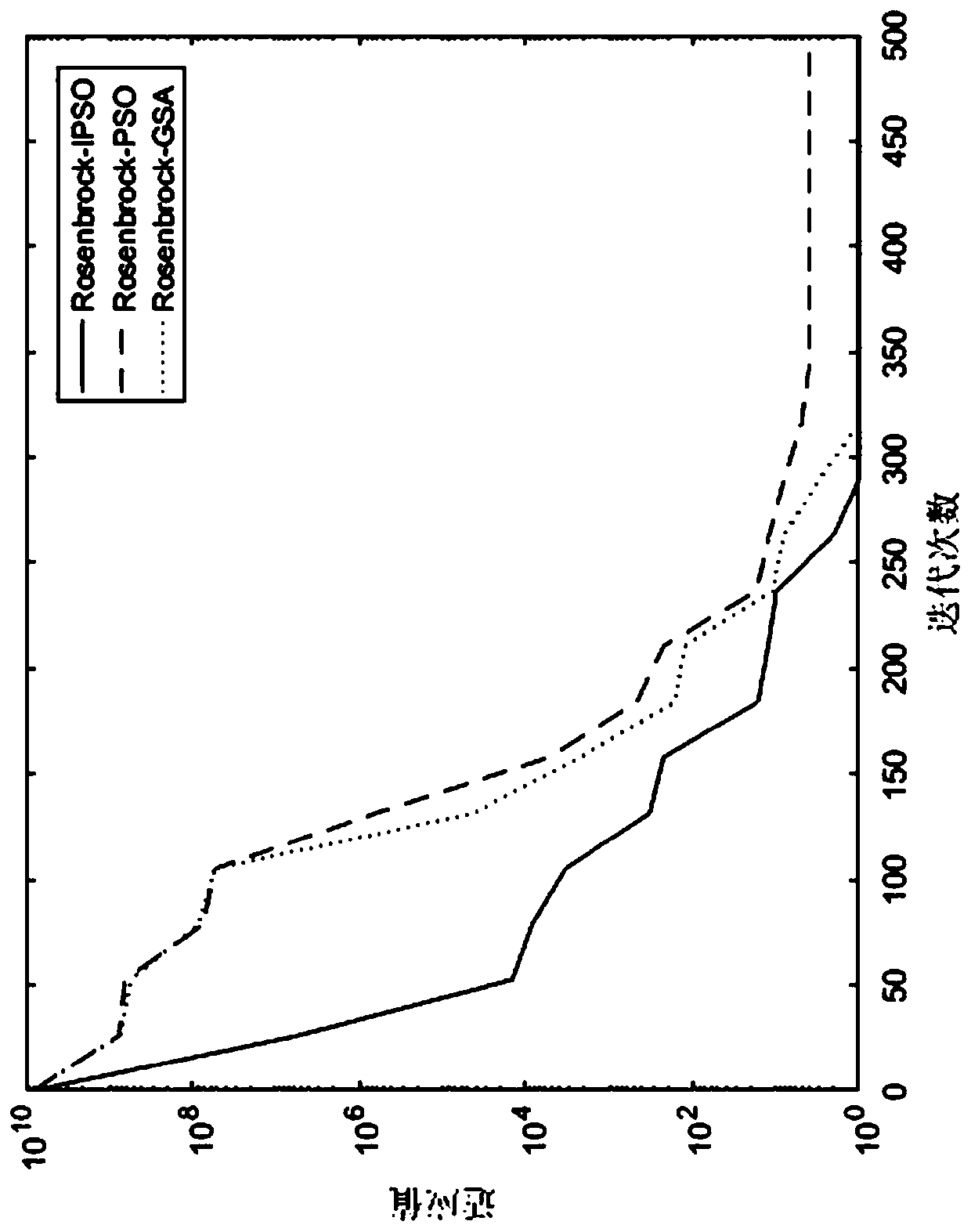Sleep staging method based on improved particle swarm algorithm and twin support vector machine
A particle swarm algorithm and support vector machine technology, applied in the computer field, can solve the problems of inaccurate classification results, time-consuming and laborious, and achieve the effect of improving classification performance, avoiding empirical errors, and ensuring accuracy.
- Summary
- Abstract
- Description
- Claims
- Application Information
AI Technical Summary
Problems solved by technology
Method used
Image
Examples
specific Embodiment
[0088] Fast Fourier transform was performed on the EEG signals recorded during sleep, and six characteristic parameters were extracted from the frequency domain, namely the ratio of the power of δ, θ, α, σ, β and γ to the total power of 0-50Hz , the frequency bands of these six features are 0-4Hz, 4-8Hz, 8-12Hz, 12-15Hz, 15-30Hz and 30-49.5Hz respectively. The sleep process of the whole night is classified and discriminated, including five sleep stages, namely W, S1, S2, SS and REM.
[0089] The classification task constitutes a multi-classification task characterized by the ratio of the power of δ, θ, α, σ, β, and γ to the total power of 0-50Hz, and five sleep periods as labels. The searcher converts the multi-classification task into four two-classification tasks. The first two-classification task first divides the data set into the first class and the remaining four classes, and initializes the parameter c 1 、c 2 and the kernel function parameter g to complete the prepara...
PUM
 Login to View More
Login to View More Abstract
Description
Claims
Application Information
 Login to View More
Login to View More - R&D
- Intellectual Property
- Life Sciences
- Materials
- Tech Scout
- Unparalleled Data Quality
- Higher Quality Content
- 60% Fewer Hallucinations
Browse by: Latest US Patents, China's latest patents, Technical Efficacy Thesaurus, Application Domain, Technology Topic, Popular Technical Reports.
© 2025 PatSnap. All rights reserved.Legal|Privacy policy|Modern Slavery Act Transparency Statement|Sitemap|About US| Contact US: help@patsnap.com



